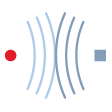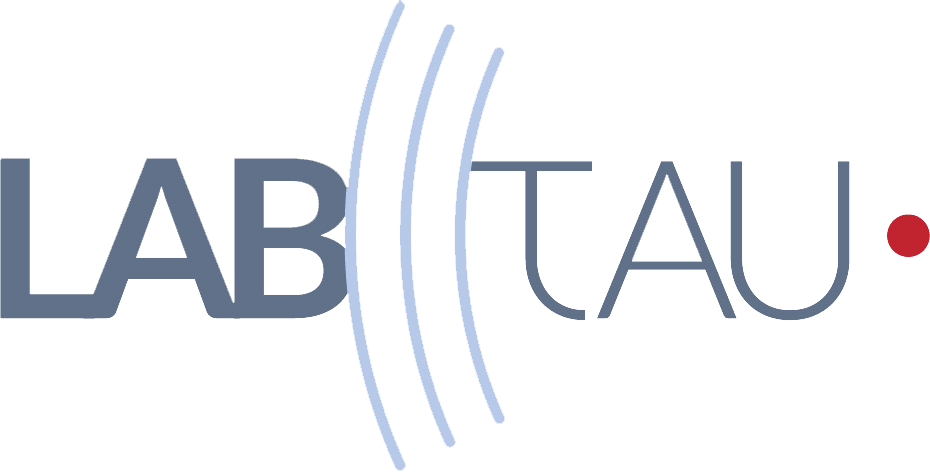Axis 4 : Wave and instrumentation

Elasticity measurement of soft tissues is a major issue in medicine. Indeed, a shear elasticity imaging of the human body would allow the screening of most common cancers such as breast cancers (42000 new cases and 11600 deaths per year), colorectal cancer (about 40000 cases) or liver cancers (5000 new cases) in France in 2010. Elastography is one of the most promising imaging systems for early detection of such diseases. It is based on the propagation of shear waves in the human body. It is unanimously considered to be an efficient solution to different issues encountered by other techniques: X-ray is invasive, MRI is expensive and ultrasound shows a moderate specificity (ability to distinguish the nature of lesions).
This hot topic project thus takes place in a very competitive international context : the first commercial applications issued from the Laboratoire Ondes et Acoustique (LOA//Institut Langevin) in Paris are the Fibroscan ® by the company Echosens in Paris and the Aixplorer® by Supersonic Imagine in Aix-en-Provence. The company Echosens was recently acquired for 30M$ by Inner Mongolia Free Han & Mongolia Pharmaceutical Co, whereas Supersonic Imagine is now quoted on the Stock Exchange. Today most big companies in ultrasounds as well as in MRI propose elastography as a new imaging modality.
The concept developed in the LabTAU, in total rupture with any other research program on the subject, is to use noise correlation in elastography. Indeed, natural physiological noise exists in the human body. Pulsatility of the blood system, cardiac beatings or muscle activities are all playing the role of shear wave sources. Thus extracting mechanical properties from this shear wave noise using correlation methods in order to build a shear wave imaging technique is the number one objective of the project. In contrast with existing methods, this approach is free of shear wave sources. It is thus called passive elastography.
In the research projects of Axis 4, active elastography is also under investigation as well as standard imaging modalities of ultrasounds. These research activities are transverse in the sense that it is meant to be helpful for any researchers in the LabTAU working on therapeutic applications. Urology imaging is one of the historical subject of the LabTAU. The aim of Axis 4 is thus to adapt ultrasound technics such as B-mode imaging, Doppler, temperature imaging or elastography to specific needs of researchers of the LabTAU. In addition, new sensors for imaging are developped.
Industrial Partners and associate researchers involved in axis 4 (nowadays or in the past): BREAS-Ali Zorgani and Didier Menguy, ESCOPICS-Claude Cohen-Bacri, EDAPTECHNOMED-Thomas Payen, DYNAMESH-Philipp Shuster and (Freelance) Frederic Turquier, REVERSIDE-Jonathan Mamou.




